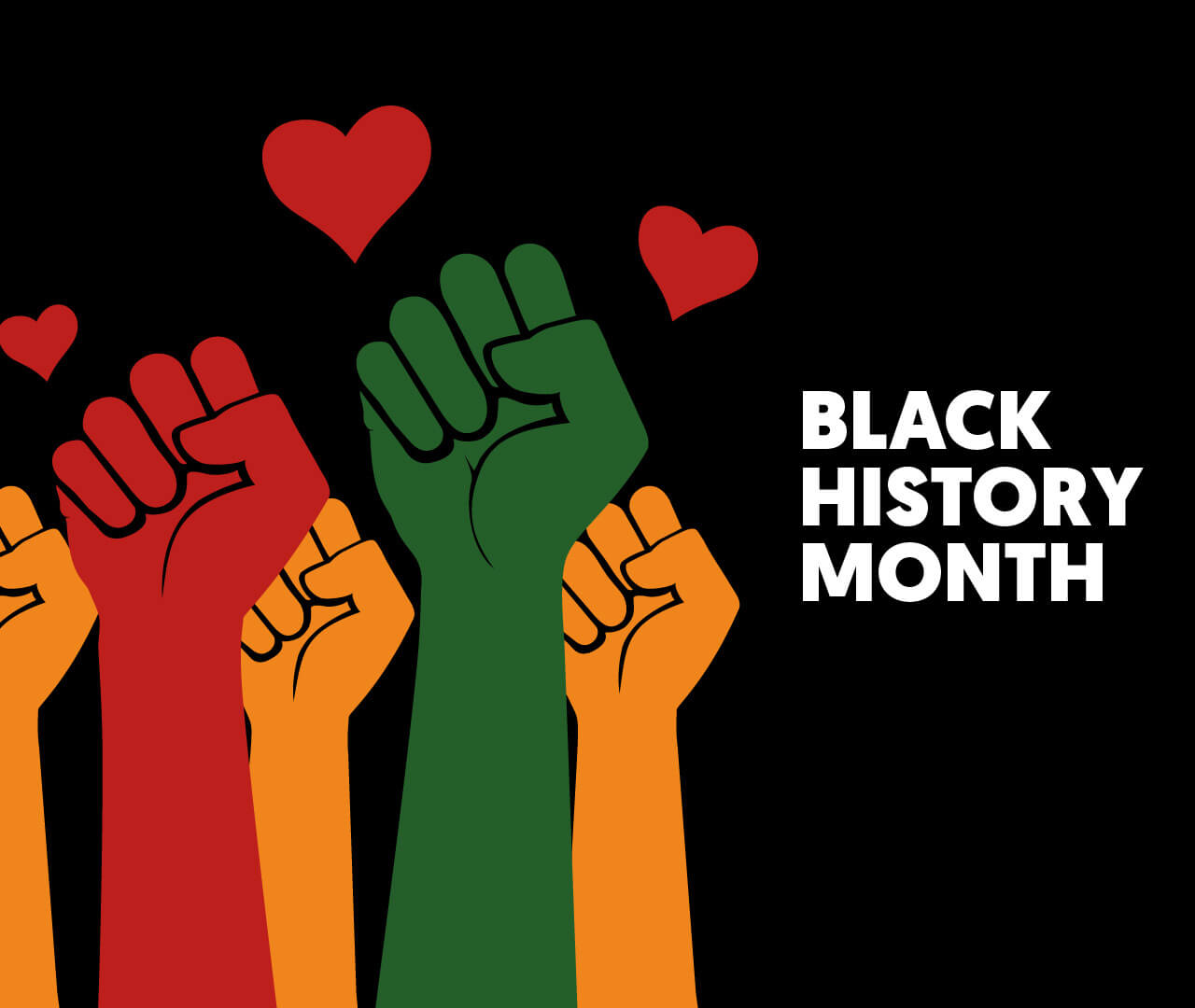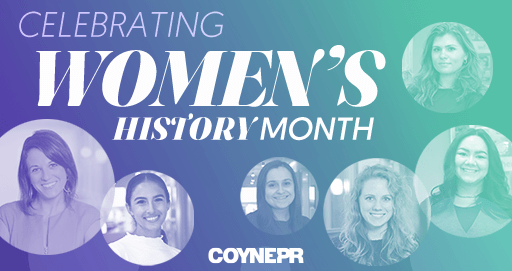Let’s address the elephant in the room: Black influencers and content creators—or those who are Black, Indigenous, or people of color (BIPOC)—do not get as much exposure as white content creators. There. I said it.
Anyone who endlessly scrolls on TikTok or Instagram (or any social platform for that matter) might see videos from Black influencers referencing this very thing (I know I have). Articles from large and small media outlets are even taking notice and acknowledging that even when the content is similar in style, white creators and influencers (even on their least successful videos) will get more views than Black creators and influencers, forcing the latter to work twice as hard. Not to mention the pay gap that currently exists between Black and white content creators. In fact, a recent study found that the pay gap between white influencers and those who are BIPOC was 29%. That gap widened to 35% when comparing white and Black influencers.
Since 2020, there has been a social renaissance in influencer marketing, with companies clamoring to work with Black influencers and content creators, which is fantastic (Get your money!). However, content creators are not only facing biases from the companies they work with but from social media apps themselves. While many Black content creators develop strong followings across social media platforms that are perfect for companies to tap into, their engagement rates can be skewed due to the apps suppressing their content, making it harder for them to earn as much as their white counterparts. TikTok has even apologized for this behavior, although content creators and influencers are still waiting for change.
As a Black female social media director, I can only hope to see better from the apps that we spend a good chunk of our day on. Hopefully, they will one day recognize that just like how love is love; content is content, no matter who produces it.
As PR and social media professionals, there are some things that we can do to help #AmplifyBlackVoices:
- DON’T JUST AMPLIFY BLACK VOICES AND CONTENT CREATORS DURING BLACK HISTORY MONTH: We are not just a day or a month to be put as a checkmark for a content calendar year over year. Our history, stories, moments, and communities are to be celebrated all year long. It is imperative for businesses to not see diversity and inclusion as a box to be checked but as a core business practice, including in their marketing and public relations work. By celebrating many different perspectives throughout the year, your company will benefit from more creative ideas, better problem-solving, and potentially an improved reputation. For instance, Dove’s Real Beauty ad campaign started almost 20 years ago and shattered the status quo when it came to who was published in print, shown in their TV ads, and whom they partnered with for their social media campaigns. While this is just one example, could there be an opportunity to replicate this for some of the brands that your organization supports?
- Yesterday’s Price Is Not Today’s Price: While the current pay gap between white influencers and Black (or BIPOC) influencers is between 29-35%, it doesn’t have to stay that way (nor should it). When thinking about your social media/influencer strategy, think of ways that your brands can bridge the pay gap or look to advocate for creators of color to support the initiatives of your brand or agency.
- Support Black-Owned Social Media Apps: While we know Meta, Twitter, TikTok, and more aren’t going anywhere, this is a great opportunity to explore other networks to really tap into the culture:
- Spill: This burgeoning social network was built by two former Black Twitter employees who will look to fairly compensate their content creators by using blockchain technology.
- GoodFeed: Concocted by media vet Joe Anthony, who founded the ad agency Hero Collective, Goodfeed is the first all-women’s social lifestyle network built for and by women creators and, more specifically, women of color.
- TruSo: Can’t get enough of the metaverse? TruSo is an audio-visual social media networking app for the Black community worldwide and offers a social environment to help people feel more emotionally connected.
While there is more work to be done and progress to be made, these tips provide a starting point on how you can start to diversify your influencer marketing with equity in mind. By taking these steps, we can try and cultivate a better culture, not just for Black or BIPOC content creators, but for everyone participating in social media.



